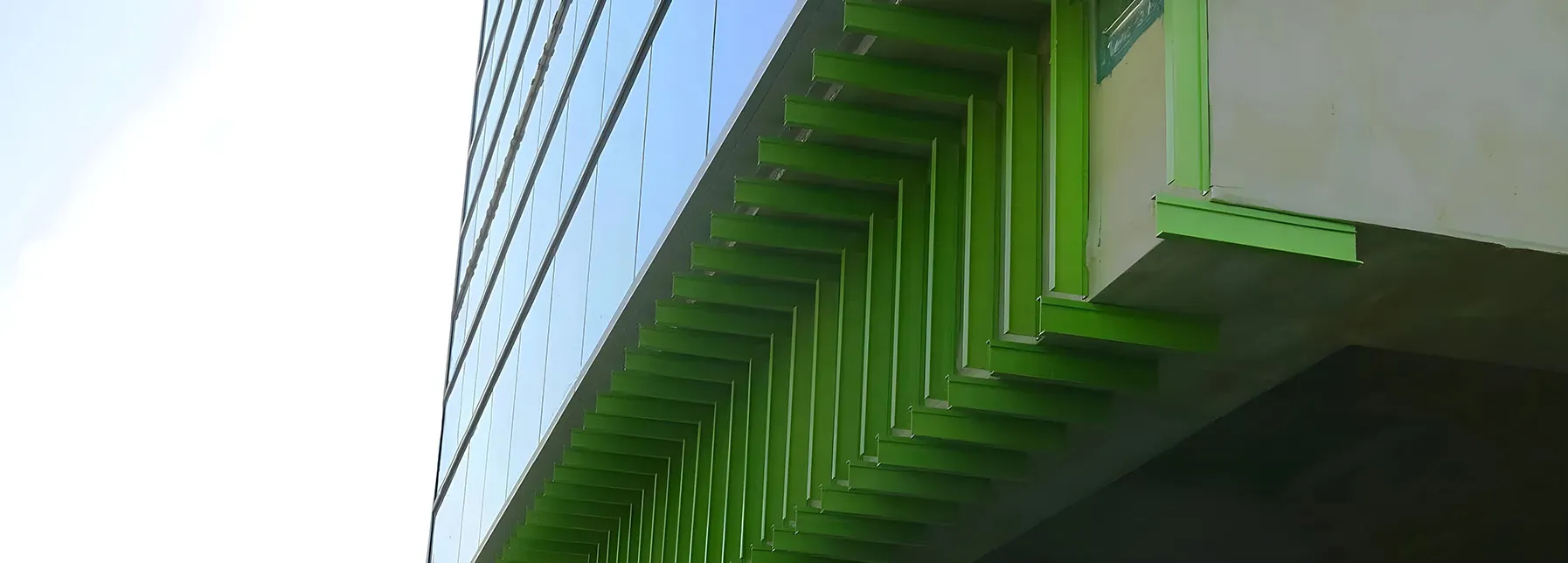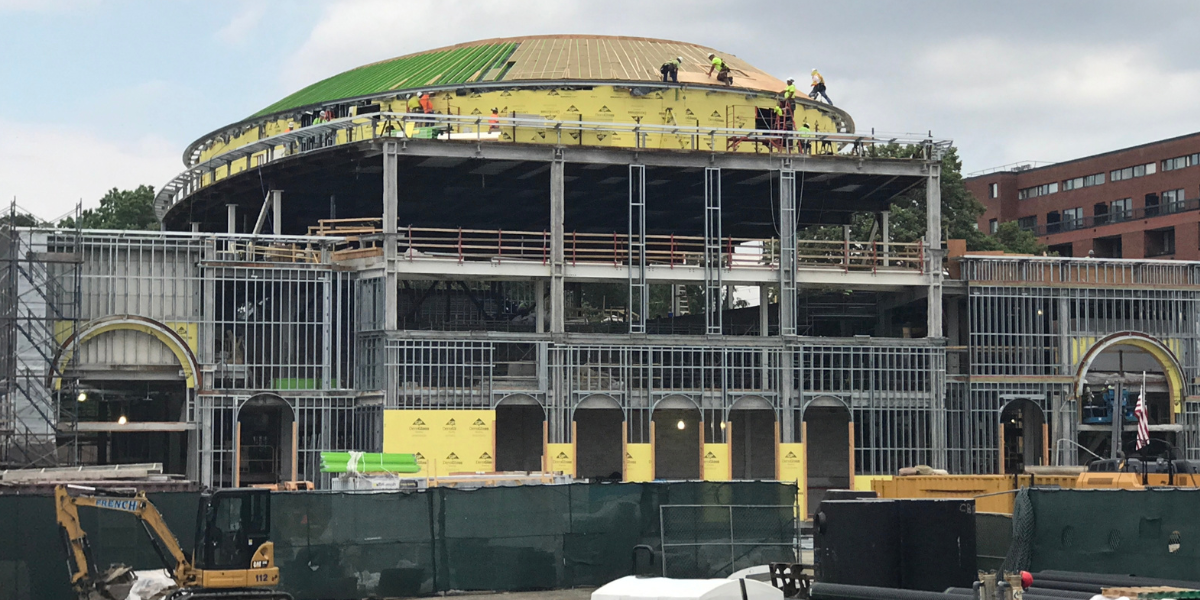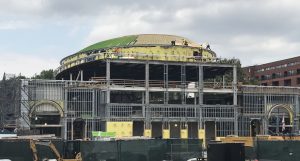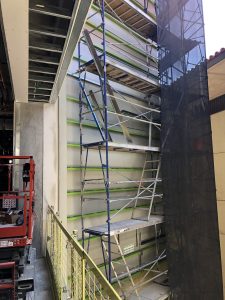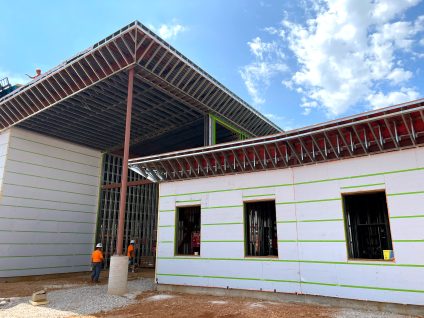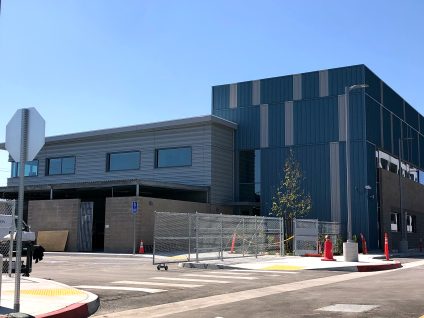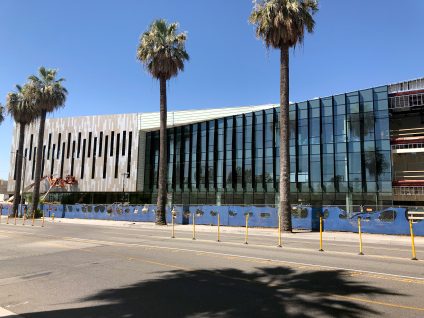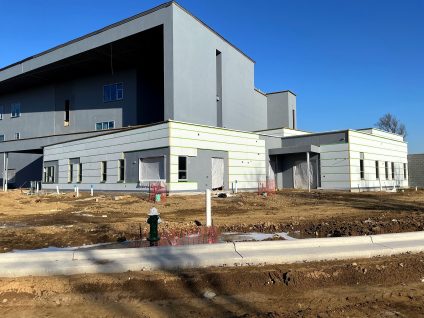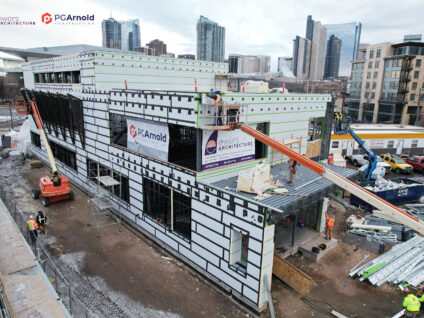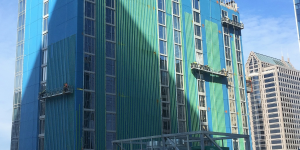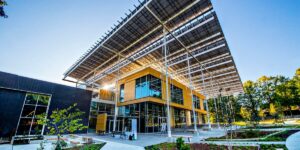University campuses offer tremendous opportunities to lead the way in energy efficiency and sustainability, transforming their traditionally high energy usage into impactful solutions for the community. Many have begun the transition toward carbon neutrality. Western Michigan University, Harvard University, and the California Institute of Technology exemplify this initiative, integrating sustainable construction practices to create environmentally friendly campuses for students. This article expands upon the efforts of these universities to tackle climate change, highlights three LEED certified projects, and how GreenGirt CMH™ and SMARTci® systems support these initiatives with new construction projects on campuses.
Western Michigan University’s Commitment to Carbon Neutrality
Western Michigan University launched a public Energy Usage Dashboard in February 2023, enabling the community to track and assess the university’s energy consumption relative to its master plan goals. WMU commits to constructing new buildings with LEED Silver certification or higher, aligning with ASHRAE 90.1 energy efficiency standards. Additionally, WMU’s green initiatives include a solar garden with 3,900 panels at the Parkview campus. From 1990 to 2020, carbon dioxide emissions have decreased by 67.8%.
Heritage Hall Alumni Center
The completed Western Michigan University Heritage Hall Alumni Center, which used GreenGirt CMH on the building’s walls. Photo by Tower Pinkster.
WMU’s Heritage Hall Alumni Center, renovated in 2016, incorporates sustainable materials recovered from its original 1903 structure, achieving LEED Platinum certification. This renovation has prevented the release of around 124.2 metric tons of carbon dioxide into the atmosphere. Supporting WMU’s energy efficiency goals, GreenGirt CMH™ was installed vertically at 4” deep and 16” on center, with the combination of spray foam and polyiso insulation.
Harvard University’s Energy Initiatives
Harvard University’s Sustainability Action Plan addresses climate, equity, and health through sustainable campus development. This approach guides future building designs and plans for existing and new buildings. As of 2025, Harvard is the leader in higher education energy efficiency globally with 155 LEED-certified buildings, two Passive House-certified projects, and one Living Building Challenge-certified project. From 2006 to 2023, Harvard’s initiative reduced greenhouse gas emissions by 40% per square foot, and continues to expand for a greener, more energy efficient campus.
Klarman Hall
Construction of Harvard University’s Klarman Hall that earned LEED Platinum certification, which utilized the GreenGirt CMH continuous insulation system on the walls and roof.
Klarman Hall, home to Harvard Business School, earned LEED Platinum certification in 2016. The facility features a 1,000-seat auditorium to serve as a conference center, performance venue, and community forum, and also includes a glass-walled atrium to foster natural light for the building. Its walls and roof utilized 6″-deep GreenGirt CMH spaced 24″ on center, with metal panel cladding and mineral wool insulation. This new building has contributed to Harvard University’s 32% reduction in energy consumption and 54% reduction in greenhouse gas emissions.
California Institute of Technology’s Innovations to Sustainability
The California Institute of Technology has committed to decarbonizing future campus building projects by transitioning to carbon-free electricity and electric heating systems, eliminating natural gas use. This shift aims to reduce campus greenhouse gas emissions by 85%. As of 2024, Caltech has seen a 20% reduction in carbon emissions since 2008. Additionally, Caltech is pursuing LEED certification for upcoming construction projects, emphasizing energy efficiency and sustainability in new and existing buildings.
The Resnick Sustainability Center
Construction of the Resnick Sustainability Center at the California Institute of Technology that is seeking LEED Platinum certification, which utilized the GreenGirt CMH continuous insulation system on the building’s walls.
Completed in 2024, the Resnick Sustainability Center at Caltech is a specialized chemistry research facility with an emphasis on sustainability studies. Designed to positively impact the environment, it aims for LEED Platinum certification with GreenGirt CMH installed horizontally at 3.5″ deep and 16″ on-center, with mineral wool insulation and ACM cladding, significantly contributing to its LEED Platinum certification.
Conclusion
Universities such as WMU, Harvard, and Caltech are pursuing carbon-neutral campuses by prioritizing energy efficiency in upcoming construction projects that include new and retrofit buildings. Their recent construction projects strive for LEED certification, incorporating GreenGirt CMH™ and SMARTci® systems to enhance sustainability and energy performance.
For more information on how GreenGirt CMH and SMARTci systems can support universities and other buildings to achieve their energy initiatives and reach carbon-neutrality, visit GreenGirt.com.

